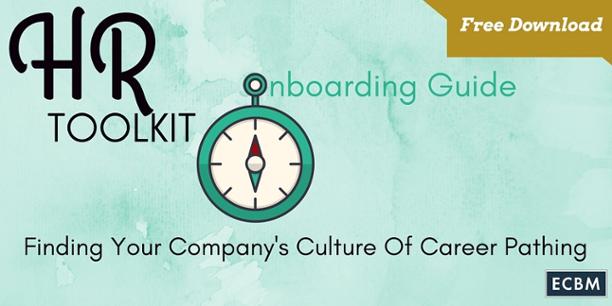
New regulations from the Department of Labor are expected to significantly increase the number of lawsuits arising from wage and hour claims.
What Happened?
On May 18, the Department issued a final rule almost doubling the salary required for the white collar exemption to overtime as well as a host of other changes that should have far reaching effects for many businesses. The new rule involves four key changes to how the Department will determine if an employee qualifies for protection under the Fair Labor Standards Act.
READ MORE: NLRB Changes Definition of Joint Employer
What Is The Fair Labor Standards Act?
Originally passed as part of the New Deal back in 1938, the Fair Labor Standards Act establishes the federal minimum wage (currently $7.25) and overtime pay requirements (generally time and a half for any hours worked over forty hours a week) for workers within the United States. Congress and the Department of Labor have carved out a number of exemptions for employees not subject to these pay requirements over time.
Exemptions To The Rule
The two major exemptions involve the “white collar” employee exemption for those in executive, administrative, or professional positions as those positions are defined in DoL regulations and the “highly compensated employee” exemption, which applies to employees earning a large salary and who perform some, but not all, of the duties required under the white collar employee exemption.
Key Terms & Things To Know:
I. White Collar Employee Exemption: Under the old rule, employees only had to make $455 a week on salary at a white collar job to qualify for an exemption to overtime rules. The new rule has raised that amount required to qualify for the exemption to $913 a week. In annual terms, the exemption has risen from $23,660 to $47,476 in salary compensation. The Department of Labor expects this rule change to cover an additional 4.2 million employees in this country.
II. Highly Compensated Employee Exemption: Previously, someone had to earn $100,000 a year to qualify for this exemption. The new rule raises this amount to $134,000 a year, significantly more than even the Department of Labor had originally proposed.
III. The 10% Bonuses and Commission Rule: Under the updated rule, employers can meet 10% of the salary threshold requirements through non-discretionary compensation such as bonuses or commissions. However, employers wishing to use this new standard to avoid FLSA requirements must ensure they do not exceed that 10% threshold.
IV. Triannual Updates: The new rule requires that the Department of Labor update the exemption thresholds above every three years to match the 40% percentile for salary in the lowest wage census region for white collar employees and the 90th percentile for salary for highly compensated employees.
WhIch Businesses Should Worry About This Ruling?
Given the scale of the changes and the over 300,000 comments received by the Department of Labor when the original rule was proposed last year, these new exemptions will likely lead to a new round of lawsuits as employees and employers test the limits of the new rule or fail to keep up with the changes. Employers should ensure they’re updated their payroll policies and recordkeeping to ensure compliance with all applicable rules and regulations.
READ MORE: HR Insights: Cross-Training Employees



